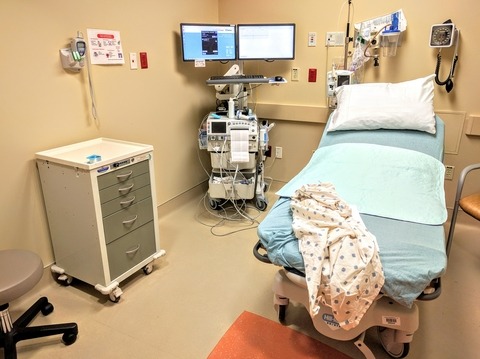Research supports an urgent need to change the way we build, maintain and work in hospitals, and many facilities could do more to promote rest and healing while preventing stress and infection. It’s clear that evidence-based medical care will require evidence-based hospital design.
Guess who wrote this?
If you're thinking it was Roger Ulrich, Craig Zimring, Anjali Joseph, or some other healthcare design researcher, guess again.
It was Dhruv Khullar, M.D., M.P.P., a resident physician at Massachusetts General Hospital and Harvard Medical School.
Guess when he wrote it?
Not 17 years ago, when Colin Martin interviewed Ulrich and wrote about evidence-based design in the British Journal, The Lancet. (Read my recent post about this.)
Dr. Khullar's words appeared in a New York Times article, "Bad Design is Making Us Sicker" this past week. He pretty much laid out all the reasons why we should be paying attention to the design of the physical environment of healthcare: infections, falls, confidentiality, noise, pain, blood pressure.
Don't We Already Know This?
Duh. These are things we've been talking about in the healthcare design community since 1988. Probably before.
Dr. Khullar cited some articles and research to back up his points, but he missed the 2,500+ articles and resources indexed in The Center for Health Design's Knowledge Repository.
So, we can sit back and bemoan the fact that we already know all this. That we've been singing this song and dance for 29 years.
But why do we still have hospitals like the one Dr. Khullar referenced in his article that are poorly designed? Who's fault is that? And what can we do about it?
Well, for starters, we need more physician champions like Dr. Khullar. Nurse champions, too. Because without physicians and nurses, there is no hospital.
We also need to keep pushing for more research that connects the built environment of healthcare to outcomes. And let the world know about it.
Because when it appears in the New York Times, most people take it seriously.
P.S. Please do me a favor -- if you liked this post and like this blog, please share it with others by sending them the link and/or post it on your Twitter, LinkedIn, or Facebook, etc. Also, don't forget to subscribe so you'll get emails when new content is posted. Thanks!








